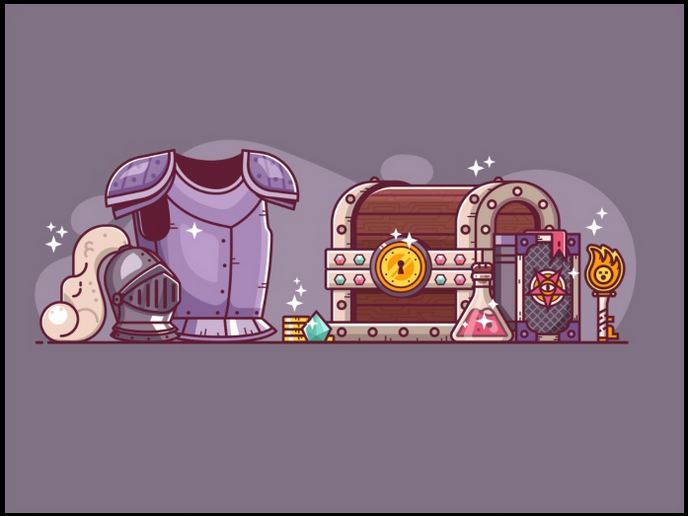Games that auto-create content, including non-player character behaviour
Developing engaging computer games can mean creating considerable content. This could include game locations, objects and also characters and their behaviours. Developing enough such content to keep players interested is at the least time consuming for the developer, and potentially tedious. Having the game software automatically design enough elements would save designers’ time and may suggest possibilities a designer had not considered. One problem is that the content would probably only be applicable to one specific game. Game developers want the option to auto-generate content for any game; achieving that means studying intrinsic character motivation, as investigated by the EU-funded INTERCOGAM project. This research was undertaken with the support of the Marie Skłodowska-Curie programme. The project found numerous games suitable for testing auto-content generation, and it studied intrinsic character motivation as a way of enhancing the creation.
Empowered characters
The team focused on non-player character (NPC) behaviour generation. Specifically, researchers developed a concept called coupled empowerment maximisation. An empowered character is able to control the world it can perceive. So, empowerment maximisation means that a game character can act on whatever intrinsic motivations the software gives it, enabling it to affect its world to get what it wants. To test the concept, researchers built a dungeon crawler and created a companion NPC to assist the player. “We gave our companion three motivations,” explains project researcher Christoph Salge. “It wants to stay alive, it wants to help you, and it wants you to sustain your empowerment so you can get what you want.” The advantage of the project’s method is that the empowerment formalism needs to know very little about the game world, so it can be used to produce companion behaviour across a range of games. “We could change the rules of the game, and add new elements,” adds Salge. “The companion would adapt to the new rules and produce sensible behaviour. We also created the inverse type of NPC, an antagonist that wants to frustrate you.” If the antagonist could simply kill the player, it would do so; otherwise, it would push the player or block their way.
Motivated robots
INTERCOGAM also applied different motivations to robots. The altruistic behaviour proved beneficial. Humans interacting with more curious robots interpreted their behaviour as warm and friendly. The principle could be used in the future to design socially attractive robots. Of course, antagonistic behaviour would be dangerous if applied to real robots, but the artificial game environment offered a safe way of studying that. The team primarily demonstrated the universality of its approach. Several of the algorithms controlling motivation can be combined in different ways, producing complex, semi-realistic behaviour that is interesting for the player. Researchers also demonstrated that the approaches used in the project could be easily transferred to different domains, for example among different games or from games to robots. Project partners are investigating the potential use of the methods developed in INTERCOGAM at modl.ai, a Danish start-up that develops AI for the gaming industry.
Keywords
INTERCOGAM, behaviour, games, motivation, empowerment maximisation, auto-content generation, non-player character



